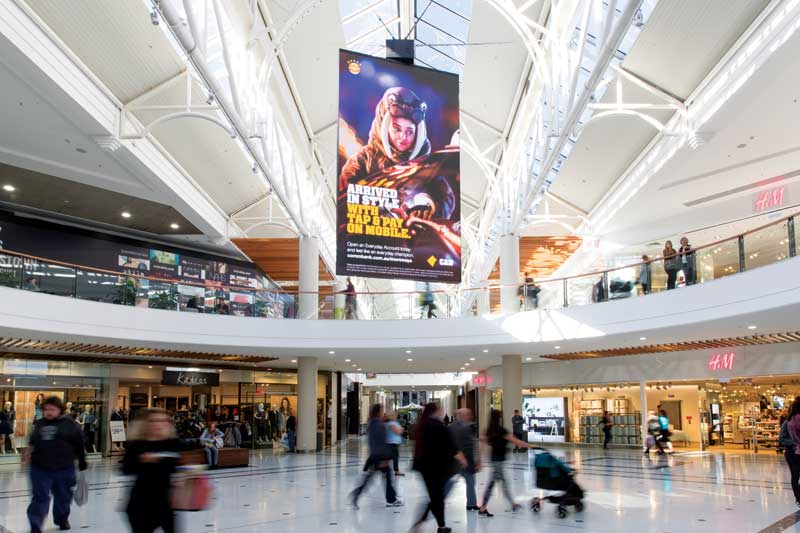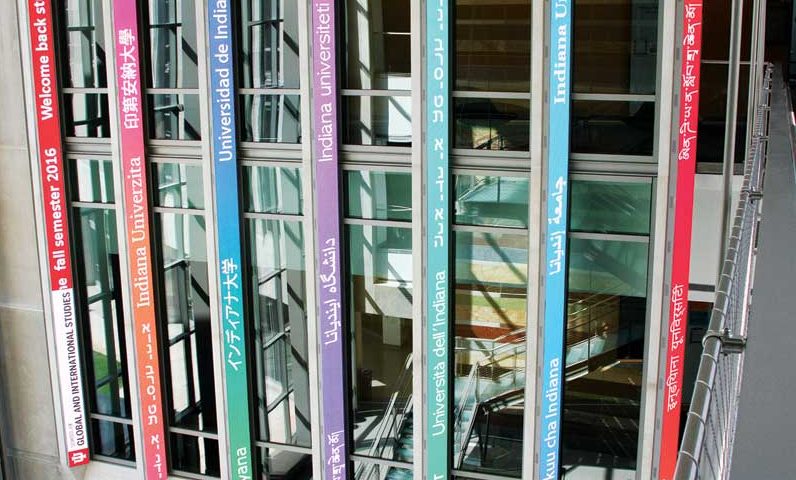
DOOH advertising has evolved significantly in recent years. This display is double-sided and rotates for optimal visibility.
DOOH advertising
Out-of-home (OOH) advertising, by definition, reaches consumers while they are outside their homes. Popular formats include street-level posters, billboards and transit shelter and vehicle ads, among others, and the industry’s revenue has grown steadily year-over-year.
“OOH continues to outperform most traditional media because, in today’s world of clicks, likes, and page views, it’s the real thing,” says Stephen Freitas, chief marketing officer (CMO) for the Outdoor Advertising Association of America (OAAA). “It offers real-life impact that can’t be blocked, skipped or viewed by bots instead of real people. It extends the reach and frequency (R/F) of integrated ad campaigns and drives mobile, social and digital engagement better than any other advertising medium.”
Fittingly, digital OOH (DOOH) advertising has developed significantly in recent years, with dynamic content distributed across digital billboards, stand-alone screens, kiosks and interactive touch screens in public places. With place-based digital signage networks, operators can combine DOOH advertising with local facility information, event listings, social media feeds and other relevant content.
Digital billboards are very large LED screens, with content typically updated every four to 10 seconds, depending on ad contracts, local regulations and codes and standard industry practices. For similar reasons, they generally comply with brightness limitations and do not feature animation, flashing, scrolling or full-motion video.
Off-premise digital billboards are those installed in highly visible locations for traffic and the public, usually alongside roadways, rather than on the property of a promoted business. Indeed, they are intended to display messages from multiple advertisers, not just a single source.
On-premise digital billboards, on the other hand, are located on the premises of businesses that use them exclusively to directly promote their own products and/or services. Depending on local zoning and regulations, these signs might be allowed to feature full-motion video. Given these differences, they are not considered part of the DOOH advertising industry.
DOOH has proven a powerful promotional tool for local, regional, national and international advertisers, allowing clear communication of the right message at the right time to the right audience. Content can be changed to better align branded marketing with consumer trends. The medium has also proven useful for travellers and communities, since its real-time message delivery capabilities are ideal for vital public emergency announcements.
Besides on-premise digital billboards, it is worth mentioning the same LED technology built to withstand outdoor weather conditions has been migrating to indoor spaces, as well. Arenas, stadiums and other large entertainment and sport venues have increasingly installed giant video boards from the same manufacturers that serve the DOOH advertising industry.






